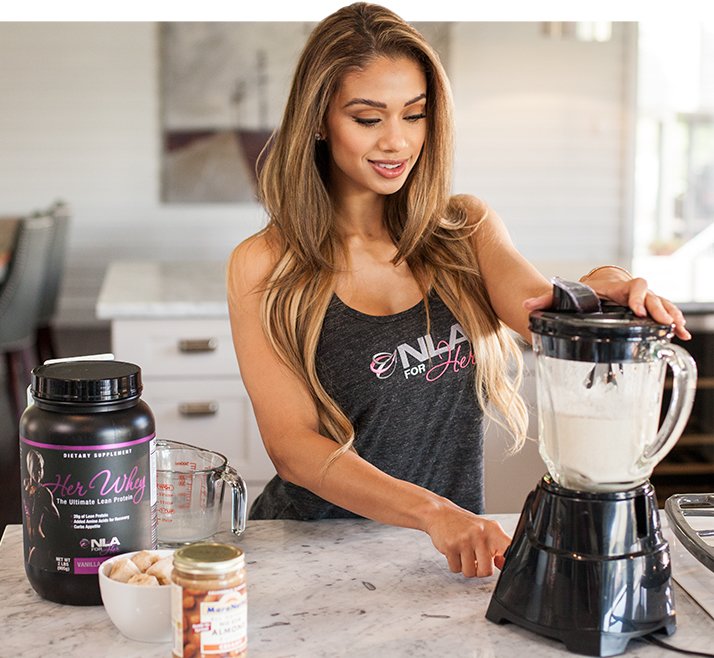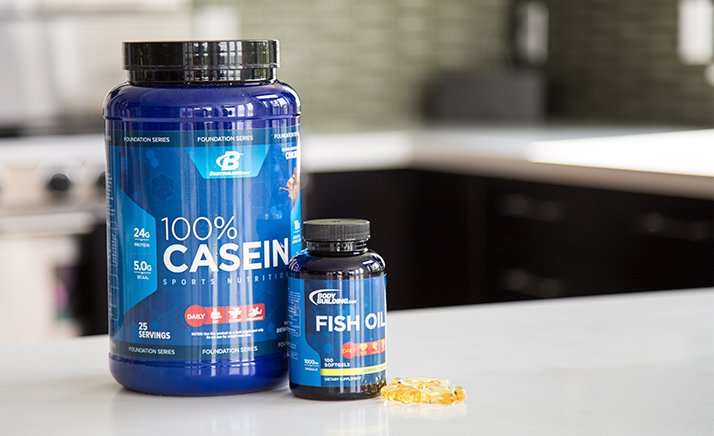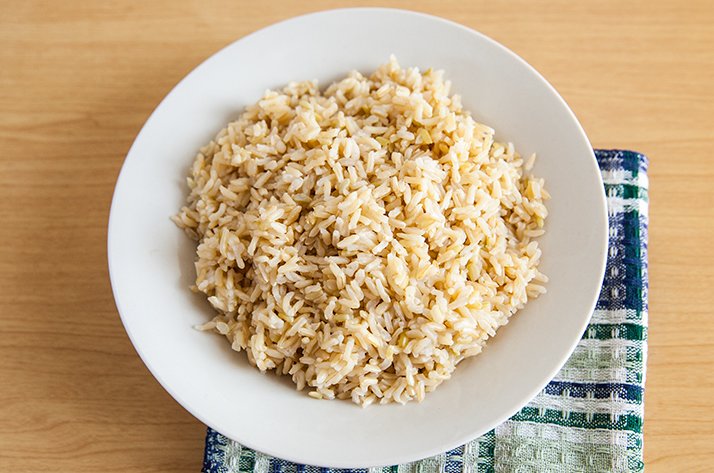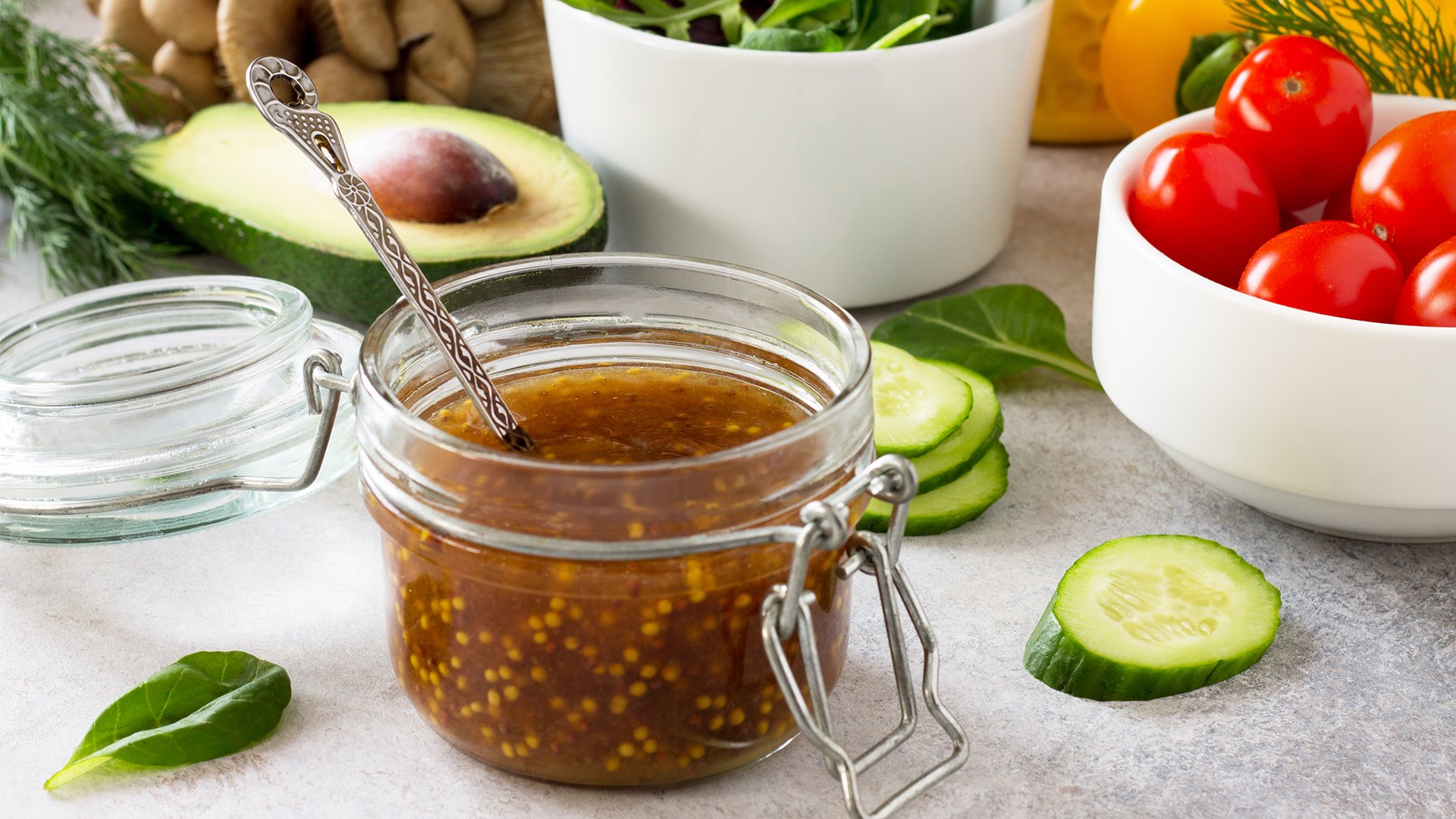
5 Supplements To Keep On Your Kitchen Counter
Supplements can help you get specific nutrients in spades, and they aren't just for shaking and taking. These 5 supps are great for baking, mixing, and so much more!
Getting the nutrients you need in the right amounts may seem like a monumental daily challenge, but it doesn't have to be. By keeping just five staple supplements in your kitchen that you can add to recipes, smoothies, soups, and more, you'll be able to meet your nutritional requirements with ease. Here's what to keep on your counter!
Whey Protein
This muscle-building powerhouse is a quick-digesting source of high-quality protein. Whey protein is easy to incorporate into a variety of dishes. And no, despite what you may have heard, whey doesn't ruin all of your gains when cooked.
You can make just about anything into a guilt-free, muscle-making, hunger-fighting treat with whey. Consider adding it to smoothies, coffee, pancakes, pizza crust dough, sweet treats.

Casein Protein
Casein protein offers the same versatility and convenience as its faster-digesting counterpart, but it has some unique benefits of its own. The slow-digesting, "clumping" nature of casein makes it an ideal mix for protein pudding, custard, or a protein-packed parfait.
When baking with casein, you may find that it produces a lighter, fluffier texture than whey. Don't hesitate to try it with pancakes, waffles, and muffins.

Powdered Greens
This super supplement contains an array of vitamins, minerals, and antioxidants to help support immune function, energy levels, and general well-being. Greens can be added to nearly any food item for a major boost in nutrients.
Try adding powdered greens to one meal per day, such as freshly cooked rice or couscous, to reap the benefits. Greens even work well mixed with just water.
Of course, a greens supplement doesn't replace the need for fruits and vegetables, but it can serve as a "safety net" to make sure you're getting the essential nutrients you need each day.

Powdered Fiber
According to the 2010 Dietary Guidelines for Americans, the minimum recommendation for daily fiber is 25 grams per day for women and 38 grams per day for men.1 Adequate fiber intake supports bowel health, regular bowel movements, and is especially beneficial for fat loss because it's so filling.
Although a simple swap of brown rice for white rice or an apple for chips may give you a small boost in fiber, it may not be enough to reach your daily goal. For a little extra boost, keep a tasteless fiber powder on hand in the kitchen. It provides soluble fiber, which dissolves readily in water and turns into a gel upon digestion.
Soluble fiber takes a long time to digest and slows the release of other nutrients into the blood, whereas insoluble fiber doesn't dissolve in water. It enhances your body's ability to bulk up stool and keeps food moving through your digestive system.
Fiber powder is a simple add-in to many dishes, including smoothies, soups, sauces, and dips.

Liquid Omega-3s
Even if you're already hooked on the benefits of omega-3 fatty acids found in fish oil, you may not enjoy swallowing the mega-sized capsules they come in. Don't worry, you can still reap the benefits by opting for a liquid omega-3 supplement!
Though flavorless options are available, most liquid fish oils come with a hint of lemon or orange flavoring to help curb the fishy taste. Whether on a spoon or in your morning coffee or smoothie, liquid omega-3s are sure to go down smoothly. They can even be added to savory treats like this simple salad dressing.
Omega-3 Balsamic Vinaigrette

References
- U.S. Department of Agriculture and U.S. Department of Health and Human Services. (2010). Dietary Guidelines for Americans. Accessed December 1, 2015. Retrieved from: http://health.gov/dietaryguidelines/dga2010/dietaryguidelines2010.pdf.
